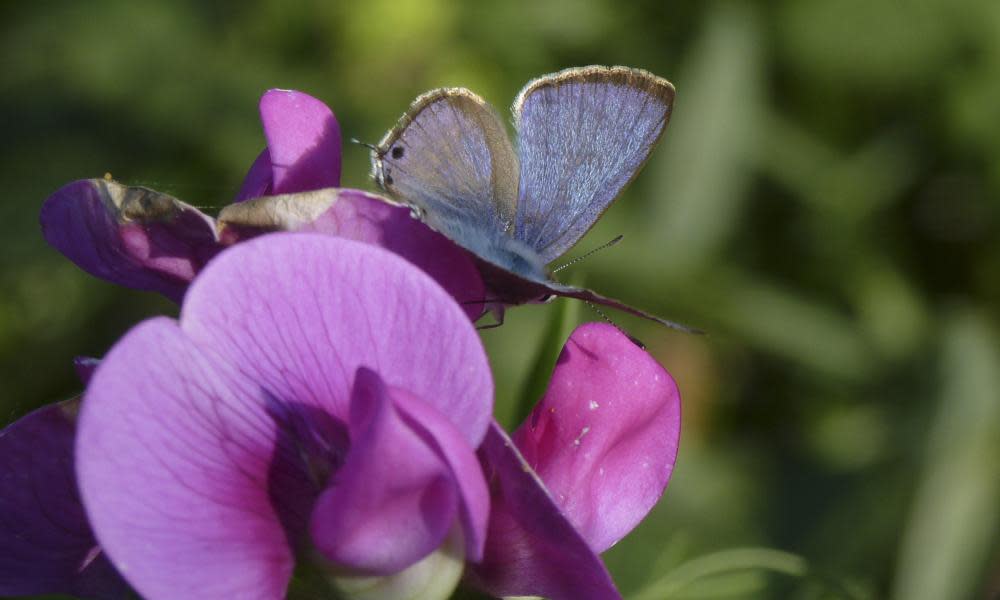Butterflywatch: the long-tailed blue – visitor or native species?

Should Britain be celebrating its 60th native butterfly species? For years, the long-tailed blue was considered a Mediterranean butterfly but global heating has enabled this rare migrant to become a regular one. Big influxes occurred in 2013, 2015, 2019 and again this year. This small, dynamic butterfly flies over the Channel in early August and lays eggs on everlasting pea. British-born migrants emerge in September, October and even November.
“I’ve seen long-tailed blues chasing clouded yellows on the South Downs,” says butterfly expert Neil Hulme. “That’s what you expect to see from your sunbed in the Canary Islands and we’re getting it in Britain.” This year’s hotspot is Whitehawk Hill in Brighton; the species was first discovered nearby in 1859 and named “the Brighton Argus”.
This warmth-loving species cannot survive the winter here so is Britain a trap? No, says Hulme, who has amassed convincing evidence that, like the migratory painted lady, this butterfly flies overseas to continue its life cycle. Newly emerged British females mate and then vanish: in autumn, observers never find tatty females or eggs (and the August arrivals’ eggs are easy to spot).
“There’s no doubt in my mind that the gravid females are flying south with their fertilised eggs,” says Hulme.

 Yahoo News
Yahoo News 
